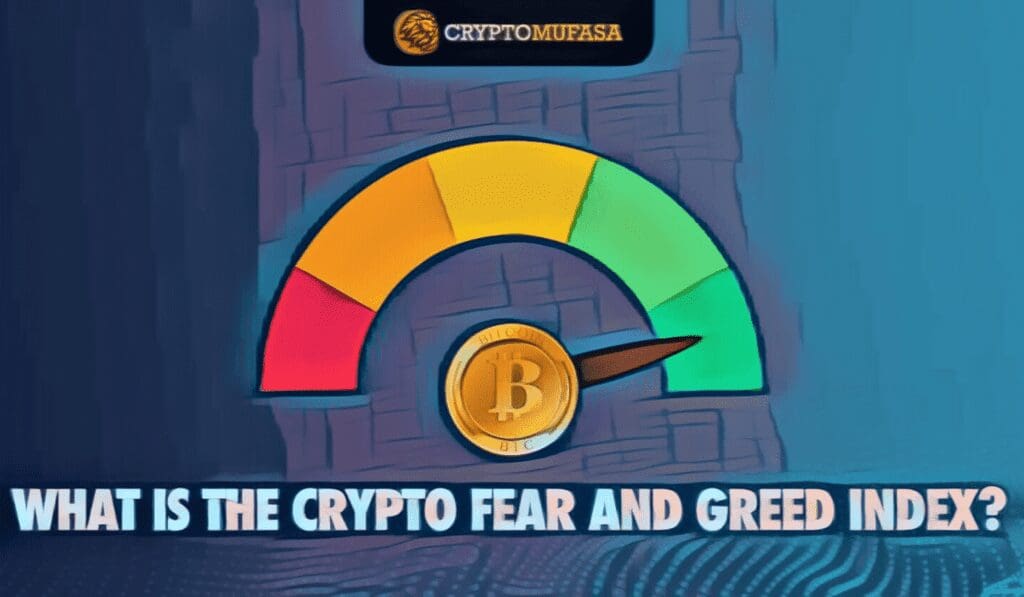The world of cryptocurrencies is fascinating, intricate, and often unpredictable. Predicting market movements can be difficult, but resources like the “Crypto Fear and Greed Index” can help. This article will explain in detail what the Crypto Fear and Greed Index is, why it’s useful, and how investors can put it to work for them. In this article, we are using the CFGI of Bitcoin (BTC) for reference purposes sourced by TradingView.
What is the Crypto Fear and Greed Index?
If you want to get a feel for how people feel about the cryptocurrency market as a whole, look no further than the Crypto Fear and Greed Index (CFGI). It’s supposed to give you an idea of how much fear and greed are influencing investors’ choices. The current market sentiment is fully understood through the CFGI’s analysis of volatility, market momentum, social media trends, and other key indicators.
The Significance of Fear and Greed in the Crypto Market
Recognizing the psychological forces at work in market fluctuations is essential. Two of the strongest human emotions, fear, and greed can have a major impact on the choices made by investors.
If investors are worried about losing money, they may sell their assets. This could cause the market to drop. However, investors may buy more when greed takes over, which could boost prices. In order to get a handle on how the market feels right now, we created the CFGI to track these feelings.
What Factors Influence the Cryptocurrency Fear and Greed Index?
Each component of the CFGI is based on an analysis of data from the following five groups:
- Volatility (25%): A measure of market instability and price fluctuations.
- Market Momentum/Volume (25%): An evaluation of current trading volumes and market momentum.
- Social Media (15%): Analyses trends, conversations, and the general sentiment on social media platforms.
- Surveys (15%): Comprehensive surveys across different investor classes.
- Dominance (10%): Examines Bitcoin’s performance in comparison to the rest of the market.
- Trends (10%): An overview of current Google Trends data regarding Bitcoin.
The data from these sources is combined and normalized to present an Index score between 0 and 100. A low score signifies fear, while a high score indicates greed.
The Utility of the Crypto Fear and Greed Index for Investors
There are a number of reasons why the CFGI is so important for cryptocurrency traders. That way, they can gauge the mood of the market, look for investment opportunities, and plan their trades accordingly.
Indicating whether the market is overbought (signifying excessive greed and the possibility of a market downturn) or oversold (signifying excessive fear and the potential for a market upturn), the Index provides investors with a quantitative measure of fear and greed.
Understanding the Crypto Fear and Greed Index’s Role in Your Investment Strategy
Although the CFGI is helpful, it is important to keep in mind that it is only one resource available to you. In order to get a complete picture of the market, investors should always supplement this data with additional fundamental and technical analysis. That is to say, investors should look to the CFGI for direction, but not rely entirely on it when making choices.
Conclusion
The ever-changing cryptocurrency market can be better understood through the lens of the Crypto Fear and Greed Index. Knowing how to use this tool will help you make better decisions, hone your trading strategy, and boost your chances of success in the cryptocurrency market.

